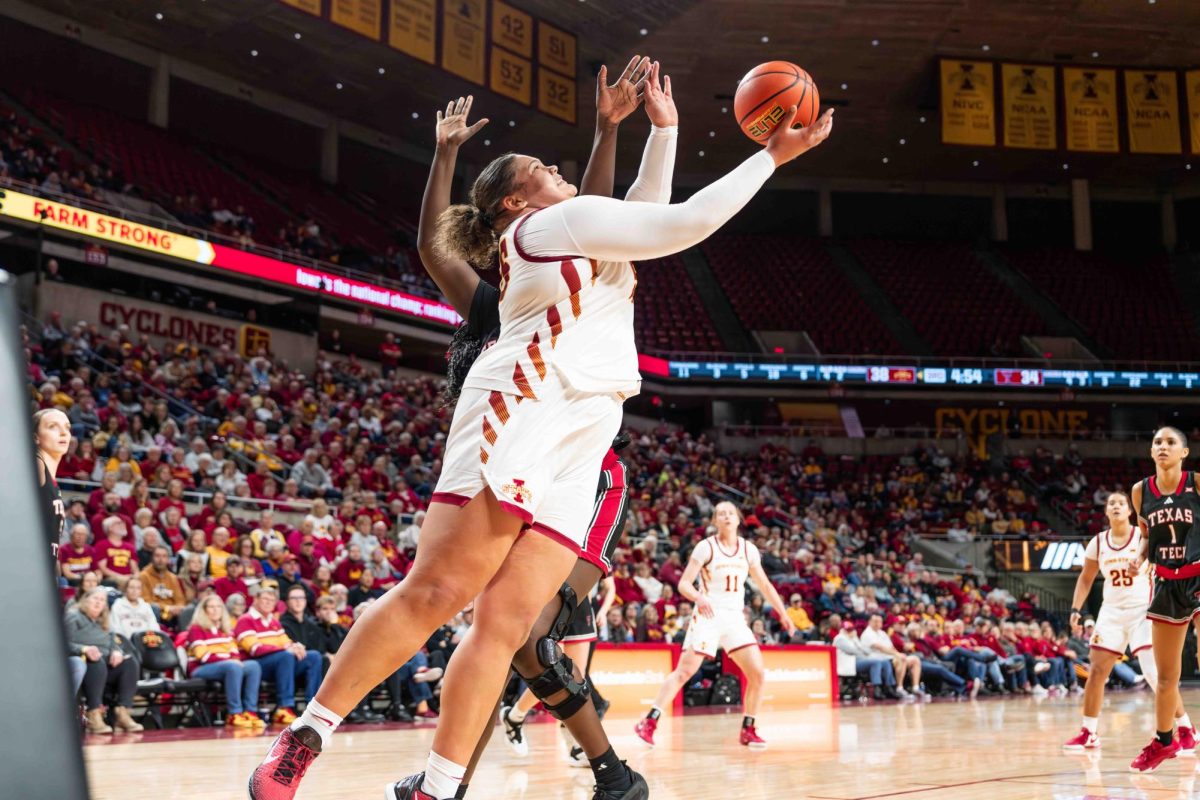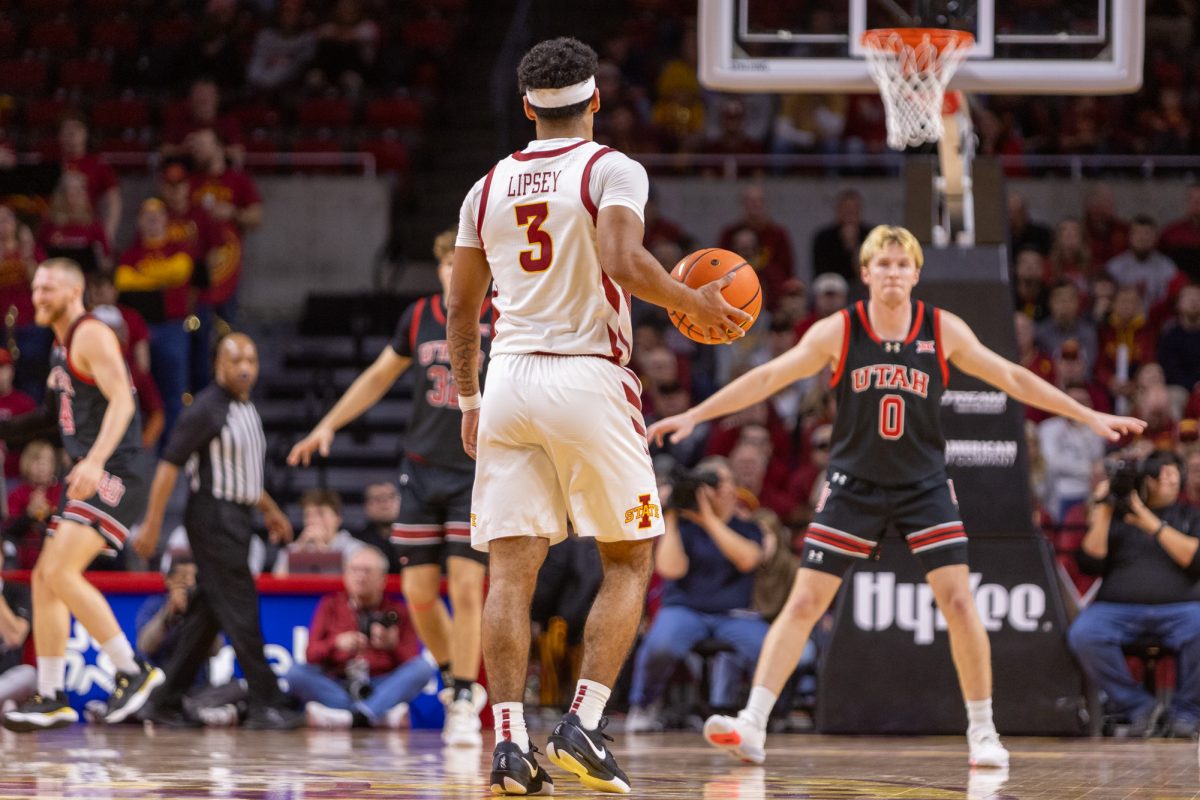Students asked to consider large animal emphasis
February 19, 2007
Editor’s note: This is the first of a two-part series on the national shortage of large animal vets and the ISU College of Veterinary Medicine’s response to the problem.
The College of Veterinary Medicine and other organizations across the country hope to set the record straight about how large animal veterinarians live, work and get paid in order to draw students and satisfy the nation’s serious need for their skills.
“A lot of students still think that [large animal vets are] going to be outside all day today running from farm to farm, wet and cold and frozen, pulling calves,” said Locke Karriker, assistant professor of veterinary diagnostic and production animal medicine, “and that’s just not the typical practice environment anymore.”
Karriker said misconceptions not only exist about a large animal vet’s working conditions, but also about the profession’s pay scale and career opportunities.
While some people have the idea that large animal medical careers are limited and low-paying, many employers across the nation approach ISU Vet Med students directly, some as early as their second year, with promises of lucrative positions after graduation, he said.
“I can’t imagine job security like there is in food animal medicine,” Karriker said.
“There’s virtually no ceiling to the number of large animal or food animal graduates that we could get employed; there’s just so many job opportunities out there. I think we could accommodate several classes consecutively where they all wanted to do that.”
According to graduate surveys taken by the College of Veterinary Medicine, in 2006, 18 ISU Vet Med graduates entered the field in food animal medicine while 33 others began companion animal, or pet, practice. By contrast, Iowa State’s current first-year vet students, as shown by a survey about activity interests, include 61 students interested in food or mixed animal medicine while 42 expressed interest in small animals.
As for the importance of meeting the United States’ need for large and food animal vets, Karriker said vets not only safeguard an animal’s health, but are also the first line of defense against threats to food safety and zoonotic diseases – illnesses that can spread between animals and humans.
“The linchpin in the U.S. is antemortem and post-mortem inspections by veterinarians,” Karriker said in regards to the safety of food from slaughter animals.
He added that vets monitoring zoonotic diseases, such as avian influenza, and documenting any cases that appear in animal populations were crucial steps in avoiding human infection.
Brett Andrews, a 1981 ISU Vet Med graduate and practicing veterinarian in Burwell, Neb., echoed the sentiment that veterinary medicine is deeply tied to human health, adding that vets who are educated in bioterrorism issues play a role in national defense.
“We’re on the front lines,” Andrews said.
Since some hypothetical bioterrorism scenarios involve food animal infection and contamination, more vets are choosing to learn about how to deal with such emergency situations, he said.
Andrews is one of the directors of the Academy for Rural Veterinarians, an organization whose mission is “to be proactive and provide information to encourage interest in the rewards of veterinary practice in rural America,” according to the group’s Web site, Ruralvets.org.
One of the factors that seem to be discouraging students from pursuing rural, large animal or food animal medicine degrees and careers is a shift in the average vet student’s background.
“Before, most students were coming out of rural areas,” Andrews said. “Now more are coming from suburbia; the students tend to want to go back to familiar surroundings.”
Andrews said many students feel there are few opportunities for vets in rural areas. To counteract this, the ARV facilitates mentorships and externships to expose students to rural veterinary practices as well as the rural lifestyle.
“We tell them that they have the same opportunities,” Andrews said. “It just depends on your drive and goals.”
The ARV cooperates with several organizations and visits vet schools throughout the country in order to educate and promote rural veterinary medicine. Andrews said the organization has gained momentum and attention and has steadily gotten more students involved in its programs.
“We try to hit every vet college every year,” Andrews said. “We’ve slowly been growing; now we’re starting to take off.”






